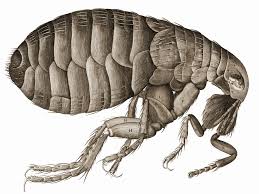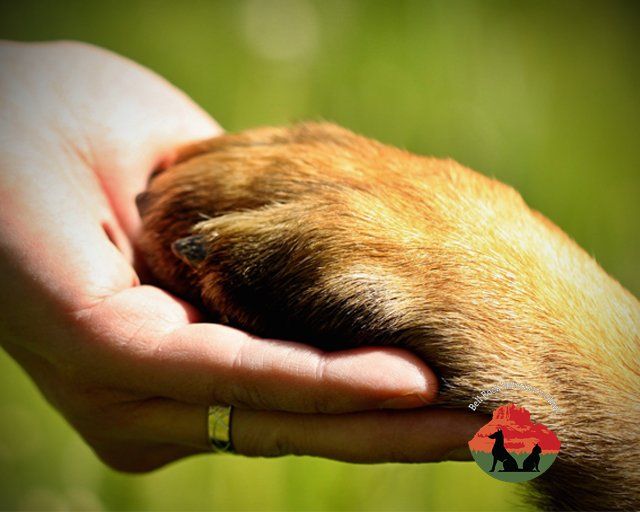Yersinia pestis
The Plague in Arizona

I am sure many of you have seen the reports that the Plague, caused by a bacterium Yersinia pestis , has been found in fleas in Flagstaff. For those of you who have lived in the area for a while you know this is a regular summer occurrence. I’m going to discuss Plague in this month’s article and hopefully put most of you at ease on how best to deal with this.
Yersinia pestis often infects small rodents and is usually transmitted to humans and cats through the bite of an infected flea. Dogs are more resistant to infection and are less likely to show any clinical signs if infected.
There are three times of plague: bubonic, septicemic, and pneumonic. The bubonic form is most common in cats and humans; it also has the lowest mortality rate. The bubonic plague is when the bacteria multiply in the lymph node closest to where it entered the body. The cats this is commonly the lymph nodes under the jaw. The bacteria can then spread to other parts of the body if left untreated with antibiotics. The septicemic plague can form from untreated bubonic plague. Septicemic plague can result from handling an infected animal or being bit by an infected flea. The third form, pneumonic plague, may develop from inhaling infectious droplets or when the bacteria enters the body elsewhere and then spreads to the lungs.
Clinical signs to watch for include: fever, reduced appetite, swelling of the lymph nodes under the jaw or behind the find legs, abscesses, and coughing. If you see these signs and your pet has been outside near rodents then call your veterinarian and have them examined. To help keep your pet safe reduce the rodent habitat around your home. Remove brush, rock piles, junk, and any possible rodent food. Since fleas are the main mode of infection for our pets make sure to use flea control products especially when hiking.
For more information on the Plague visit the CDC website.
Fun fact: to identify doctors treating the plague in the 1300’s, they would wear a hat, mask that was similar to a bird beak, a long gown, and goggles. The beak contained herbs and/or perfumes to help purity the air.









